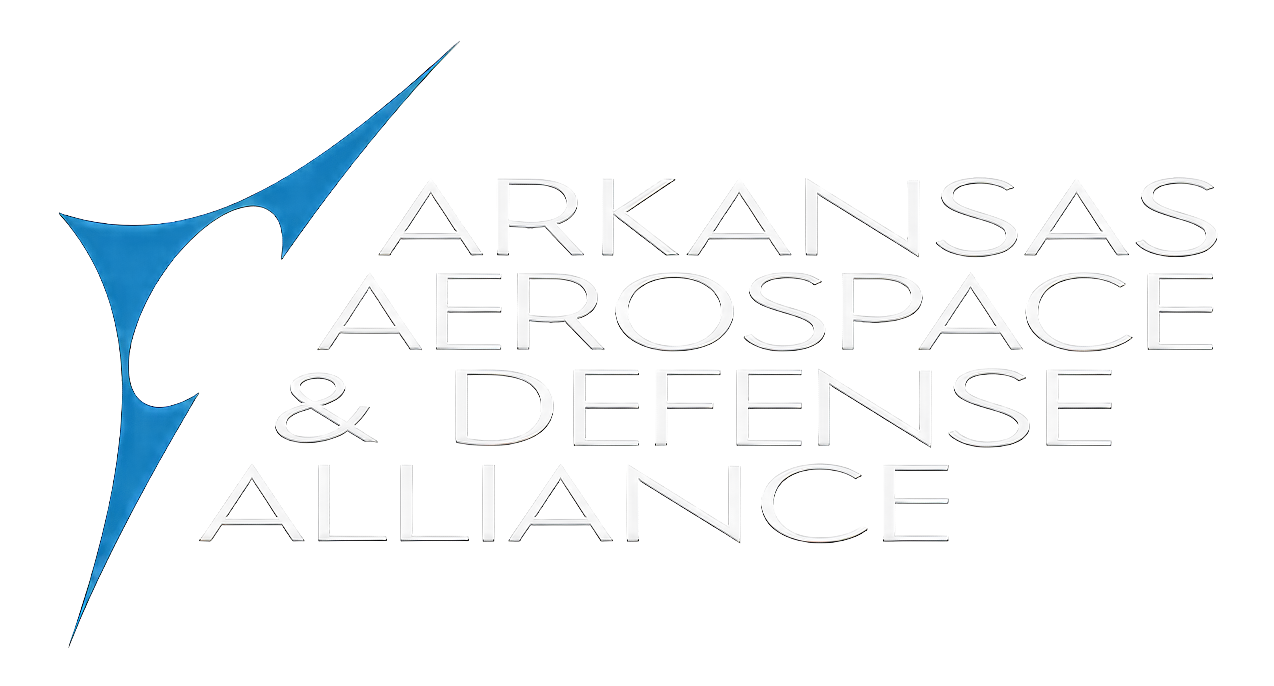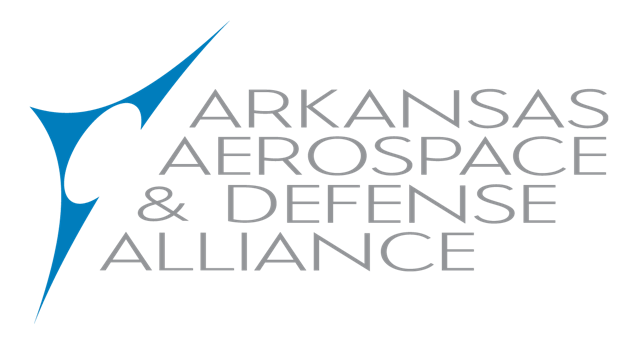Airport puts complex on market, Hawker Beechcraft completion center seeks new tenant
Monday, 04 November 2013 11:42By Noel Oman, 11/4/13, Arkansas Democrat-Gazette
The state’s largest airport will enlist a commercial broker specializing in aviation properties to market the major complex that once housed the Hawker Beechcraft completion center and related facilities, and to look for a new tenant.
But that likely won’t happen before Bill and Hillary Clinton National Airport/ Adams Field takes over the property Dec. 1, airport officials said during a workshop last week.
In the meantime, the property will be listed among the available properties on websites operated by the Arkansas Economic Development Commission and the Little Rock Regional Chamber of Commerce.
Airport staff, state economic officials and representatives from the chamber likely will work together to develop a marketing plan, said Little Rock Municipal Airport Commission member Bob East, who led last week’s meeting.
“The reality of empty real estate is not going away,” East said. “But there’s got to be somebody in the world … that would use an already completed facility that has all the approvals, the construction was done in 1992, and it’s 1992 prices. You don’t have to build it at 2013 prices.
“We have the ability to abate rent, we have the ability to do all kinds of things for a tenant that will take it, more or less, as it is. It would be a huge plus for this city and state if someone would take it as it is.”
The decisions came at the end of a day-long workshop last week that was designed to help state and local officials develop a marketing plan for it and other properties on and around the airport, including the Aerospace Education Center.
Last month, the Little Rock Municipal Airport Commission expressed interest in developing an aviation technology park. The airport has about 263 acres spread over six pieces of property.
But much of that property is undeveloped.
“We need to invest in the property to make it attractive to tenants,” said Ron Mathieu, the airport’s executive director.
The largest developed property is the Hawker Beechcraft complex, which has seven buildings on almost 46 acres, including a large ramp. The buildings, which include hangars, a facility to paint aircraft and other specialized space, encompass 400,000 square feet.
By the end of the five-hour meeting, it was clear that the Hawker Beechcraft complex would be the priority.
“It’s a high-value building,” said Becky Thompson, deputy director for global business for the Arkansas Economic Development Commission. “It will be a huge loss to the airport if that facility is underutilized.”
Beginning Dec. 1, the airport will shoulder the costs of upkeep on the buildings.
To maintain the facilities until a new tenant is found, the airport will have to pay for utilities - including natural gas, electricity and water - that are expected to run about $50,000 per month, or $600,000 a year, according to the commission staff.
Beechcraft’s utilities averaged $90,000 a month in 2012 when all the buildings were occupied, according to a staff report.
Four of the buildings are specialized hangars that, in addition to being used to park, store, maintain and modify the aircraft, had separate rooms to manufacture different additions to the aircraft.
The hangars have separate areas for carpentry, metalwork and finishing in addition to office space. Two buildings house offices, and a seventh houses four pumps for the buildings’ fire-suppression systems.
Beechcraft, which is based in Wichita, Kan., no longer needs the complex it used as a finishing and customization center to finish and paint its Hawker line of jets that were built elsewhere.
When the company emerged earlier this year from bankruptcy, it shed its jet business to concentrate on its line of piston- and turbine-engine business and personal aircraft.
Along with equipment purchase and the utilities, airport management also plans to continue fire-alarm and security-maintenance agreements costing about $69,000 a year and to maintain a sprinkler and foam fire-suppression system at a cost of $30,000 annually.
The airport staff also has retained Jack Freer of JAKS Services of Little Rock, a cost not to exceed $100,000.
Freer is the former facilities manager at Beechcraft’s Little Rock operation.
The airport enlisted HDR Architects, an international design and planning firm based in Omaha, Neb., to conduct last week’s workshop, attended by more than40 airport, state and chamber officials. The firm will draw up a report on potential strategies based, in part, on ideas gathered at the workshop.
Rachel Park, the firm’s vice president and director of strategic facilities planning and workplace strategies, told the workshop participants that there is no quick way to put in a successful aviation technology park or to effectively market the airport’s properties.
“The worst things people do is put in something easy,” she said. “You lose your branding.”
Richard Prakopcyk, who specializes in land-use planning for HDR, said merely having the land available isn’t enough.
“What’s going to [attract] people to southeast Little Rock?” he asked. “It’s not about a single use. Are there other opportunities?”
He cited the property’s proximity to other transportation systems, for instance, to ease the delivery of “material supporting the aerospace industry,” including not only interstate but rail.
Prakopcyk noted that security might be a factor, pointing out that some of the property is within the security perimeter of the airport and some, such as the Aerospace Education Center, is outside.
Parking also will be a factor because unless the airport erects more parking decks, “parking is a big land hog. Should you use deck parking to maximize your land value.”
Prakopyck also said that another factor is sight lines for the airport’s airtraffic control tower, noting that one of the buildings on the Beechcraft property had to be limited to no more than two stories because it would interfere in the ability of airtraffic controllers to have a clear view of the airfield if it were built any higher.
The airport need look no further than at its largest tenant, Dassault Falcon Jet. The French aircraft manufacturer employs 1,800 people at its Little Rock completion center.
Earlier this year, the company received an incentive package worth $41 million to expand its Little Rock facilities. The incentives include price breaks on the lease of additional land Dassault Falcon will use for expansion and on the buildings.
Most of the expansion is centered on a new 14-bay hangar that is three football fields long and one football field wide that will be used to complete a new jet the company unveiled last month. Work on the new facility is expected to be completed by 2016.
The Dassault Falcon completion center does interior work to customer specifications, including cabinetry, seating and other amenities. The center also paints and adds logos to the planes’ exteriors after the jets are flown to Little Rock from France, where they are manufactured.
Jeff Griffin, vice president of finance for Dassault Falcon’s Little Rock operation, credited the airport with helping keep his company in Little Rock.
“The airport did a lot forus,” he said. “I don’t think everyone realizes how much.”
East said Dassault Falcon could be an asset in marketing the Hawker Beechcraft property.
“You’re a great story for us to tell,” he said. “You’ve not only been here 30 years, you elected after an exhaustive search to expand here. It makes Little Rock a city that has been vetted by you guys, a worldwide aviation company.”
Arkansas, Pages 9 on 11/04/2013


